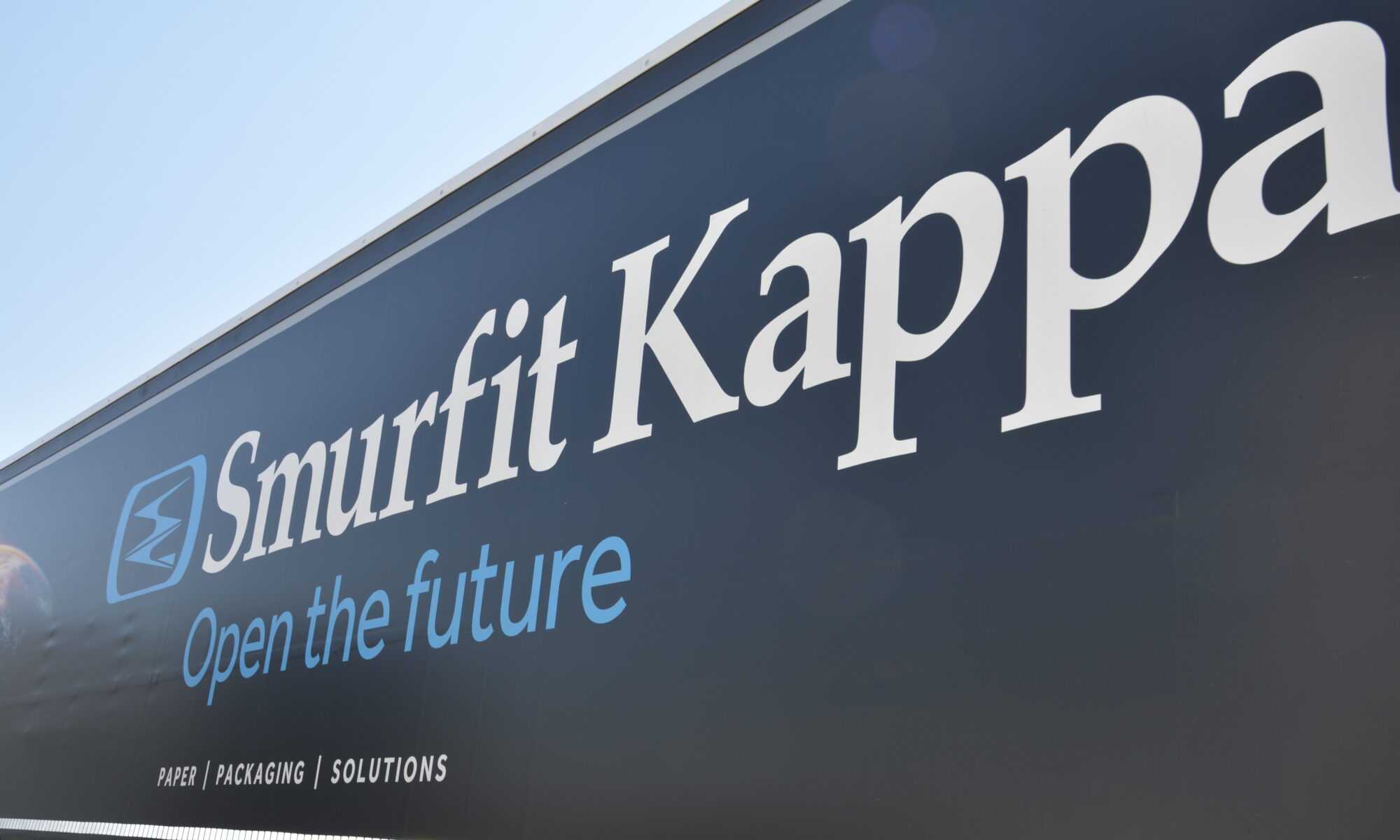Who is Smurfit Kappa?
Smurfit Kappa is a world leader in paper-based packaging solutions, such as corrugated packaging, displays and the ingenious ‘bag in box’ solution. The Irish multinational has operations in 35 countries, employs some 46,000 people worldwide and has a turnover of 8.9 billion euros. In the Benelux, the company launched ‘Customer Connect’, an ambitious automation project. Unlocking the ERP system was a crucial aspect of the project, which they entrusted to Ometa.
The Smurfit Kappa ‘Customer Connect’ project was launched in the Benelux by Arno Voets, Controller at Smurfit Kappa MNL: “Our aim is to get customers to stop viewing our operating companies as separate entities, and rather consider them as part of a whole: ‘One Smurfit Kappa’. To achieve this, we want to do more than supply the best products: we also provide our customers with consolidated data.”
No Stock Overview
The project is composed of two phases. The first phase focused on the ERP system: “One of the problems was that any given customer could only track an order through the customer zone of the operating company with which it had placed an order. The system did not have the capacity to see whether the same customer had orders placed with multiple operating companies. In other words: there was no overarching real-time overview.”
“There was an additional challenge in that, in order to get a complete picture, we needed data from legacy systems, which differ depending on the operating company,” Arno continues. “Some operating companies, for example, work with a Corrugated Business Information System (COBIS), while others don’t. This leads to data often being presented in different formats.”
Chosen for its flexibility
Arno therefore had to look for a software partner. “Even though I had invited proposals from several contenders, Ometa stood head and shoulders above the rest. I had no doubts about their expertise: a few years earlier I had already attended one of their presentations on system integration at an event. Their flexibility is their main asset. Many software companies tend to build a complex new system that only they know, making sure you, the customer, are no longer able to operate or adapt it. Ometa, on the other hand, proposed a solution that allowed us to preserve our existing ERP system.”
Ron Jongeneelen, Business Analyst at Smurfit Kappa Vandra, was also closely involved with the project. Ron: “Before we started working on the technical aspect, we first surveyed our customers in the Benelux. We asked them to tell us exactly which information and user experience they wanted to find on our new customer platform.”
And that’s where Ometa came in. Ron: “In essence Ometa placed a framework on top of the existing ERP system. An ‘extra layer’, as it were. The difference is huge: this integration allows customers to log in only once to get a real-time overview of all their pending orders, regardless of the operating company. With this extra layer, it is possible to consolidate data from different systems and write data back into the source system. In addition, companies are automatically linked to a group or parent company and we anticipate customers with questions about their stock. For example, they no longer need to contact our internal sales service.”
Ometa in the lead
In a transformation like this one, it is important to address and communicate every step systematically. Arno: “What I really appreciated is that Ometa took the lead in this project. We had and still have a fruitful and close relationship with their team. They have organised various info and training sessions and are undeniable experts at communicating technical matters clearly.”
Pilot project with potential
The new system has been up-and-running since early 2019. Arno: “About 150 customers with COBIS as a legacy system are now using the new portal. The plan now is to roll this out to the other customers, as well as operating companies that use other legacy systems. The global potential: 370 operating companies and 60,000 customers.”
“After a successful test run, wed are quite motivated on the eve of phase two,” adds Arno. “During that phase, we plan to study ways of offering our customers a tailored order service, depending on their order volume. For customers who order periodically, for example, we are working on software that can independently extract orders from emails or SMS messages. We already have a win-win: thanks to the framework, our employees save time while our customers now have an overview and increased convenience. And that’s what matters to us: working together towards our customer’s success.”


